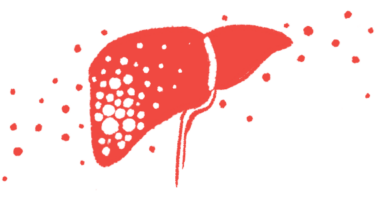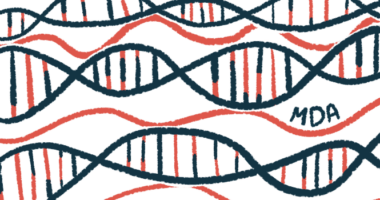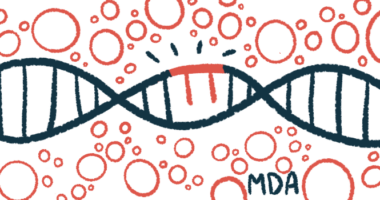New Study Suggests Zolgensma Could Work in Adults With SMA
Findings show few adults with antibodies against gene therapy's vector

The gene therapy Zolgensma (onasemnogene abeparvovec-xioi), approved in the U.S. for very young children with spinal muscular atrophy (SMA), potentially could work for adults with the rare genetic disorder, a new study suggests.
The study reports that few adults with SMA were found to have antibodies against the viral vector used in the gene therapy.
“The age-independent low antibody prevalence in our [patient group] provides further evidence that gene therapy with rAAV9 [the viral vector] might be feasible in adult patients with SMA,” the researchers wrote.
The team cautioned, however, that “it remains unclear whether gene therapy would be effective in adult patients with SMA who often have advanced disease progression.”
The study, “Prevalence of Anti-Adeno-Associated Virus Serotype 9 Antibodies in Adult Patients with Spinal Muscular Atrophy,” was published in Human Gene Therapy. The work was funded by Novartis Gene Therapies, which sells Zolgensma.
SMA is caused by mutations in the SMN1 gene. Zolgensma, as a gene therapy, is designed to deliver a functional version of this gene to the body’s cells. The therapy has been approved to treat SMA in at least 40 countries worldwide; in the U.S., it is specifically authorized for infants up to age 2.
Age limits for gene therapy
Although not all regulatory agencies have set age restrictions on who can use Zolgensma, clinical trials of the therapy have only included infants with SMA. Consequently, the therapy’s effectiveness for adults with SMA is still debated.
“Because pivotal studies on [Zolgensma] therapy have been exclusively conducted in infants, the question arises whether adult patients are also eligible for gene therapy,” the researchers wrote.
To deliver its genetic payload, Zolgensma uses a version of adeno-associated virus serotype 9, or AAV9, that has been modified so that it won’t replicate inside the body.
Given that AAV9 and other AAV viruses occur naturally in the world, some people — particularly adults — have a history of infection with these viruses. Although AAV9 infections don’t usually cause illness, the body’s immune system can still recognize the virus and take steps to fight it off. This can include producing antibodies that specifically bind to the virus.
Theoretically, high titers or levels of antibodies against AAV9 could make an AAV9-based gene therapy like Zolgensma less effective. This could be especially relevant in adults who would use the treatment.
“Knowledge of the prevalence of preexisting anti-AAV9 antibodies is important for assessing the feasibility of a vector-based gene therapy in adult patients with SMA,” the researchers wrote.
To learn more, the scientists now analyzed blood samples from 69 adults with SMA who were being treated at centers in Germany. A total of 33 patients had SMA type 2, while 36 had type 3 disease. The average age of these patients was in the mid-30s; most of the type 3 patients, but none of those with type 2, could walk.
Among all patients, only three (4.3%) had elevated levels of anti-AAV9 antibodies.
For the purposes of this study, elevated antibody levels were defined as a titer higher than 1:50. Researchers called this a “conservative approach,” and noted this level is used as an exclusion criteria in clinical trials.
They added that “the titer of AAV9-binding antibodies that prevents successful gene therapy is still unknown,” so “it is unclear whether a titer [greater than] 1:50 would affect the efficacy or safety of” Zolgensma. The team noted that higher anti-AAV9 titers did not appear to affect the therapy’s effectiveness in animal studies.
Notably, the data suggested no association between older age and an increased risk of anti-AAV9 antibodies. The researchers noted that this markedly contrasts research done in other AAV types, where the prevalence of patients with antibodies tends to markedly increase, especially in childhood and adolescence.
“It is assumed that only a narrow time window for AAV-mediated gene transfer exists. However, our data suggest that this is not applicable to the use of recombinant AAV9 (rAAV9) vectors in (adult) patients with SMA,” the researchers wrote.
Although these data suggest that antibodies against AAV9 are unlikely to limit Zolgensma’s usefulness for most adults with SMA, the investigators stressed that it is not known if the gene therapy would be effective in these patients, given the advanced disease progression likely.
Further research is needed, the team noted, but said this study “provides evidence that rAAV9 might be suitable for gene therapy in adult patients with SMA, regardless of patient age, sex, SMA type, walking ability, or ventilatory status.”








